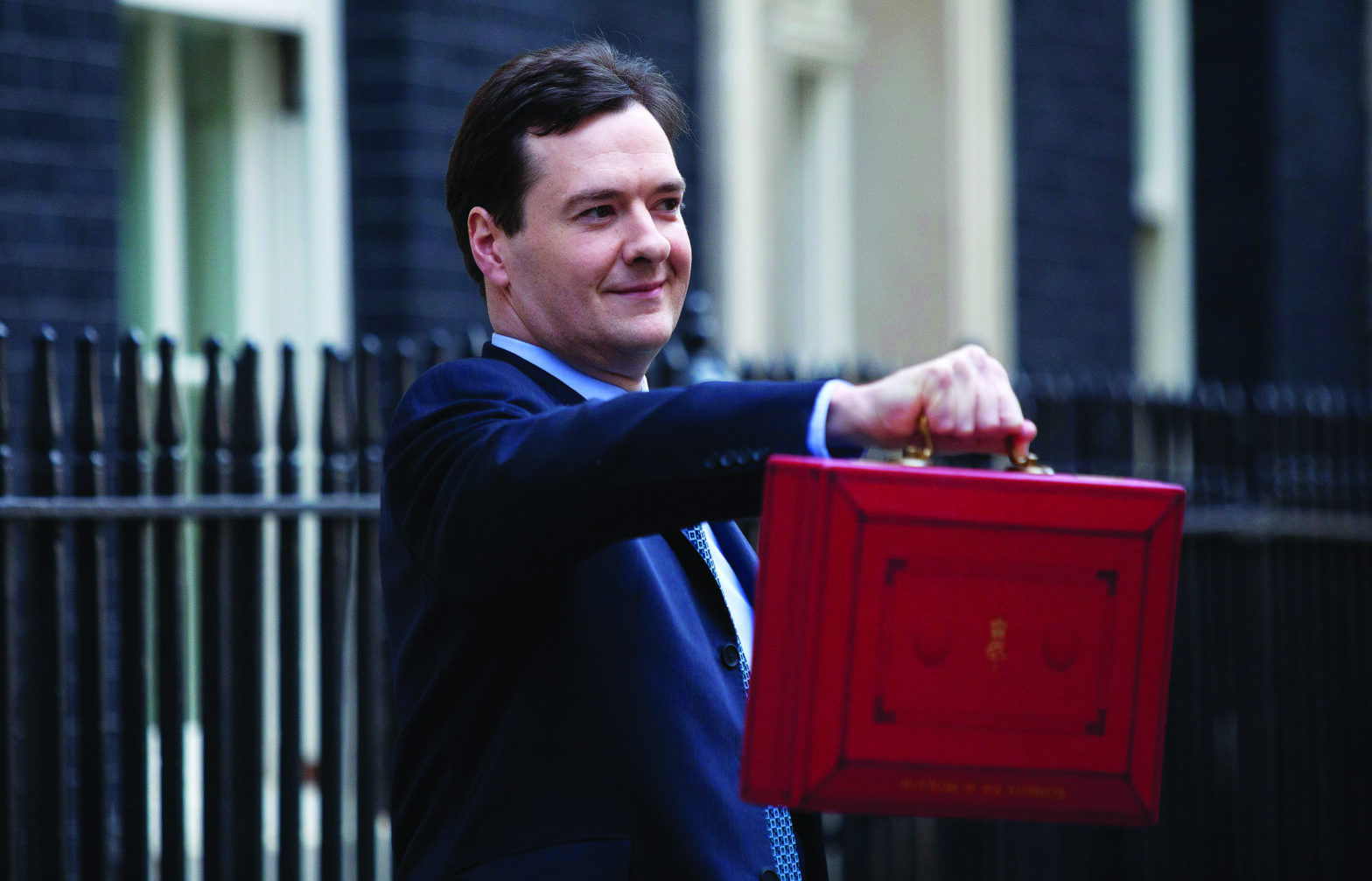It’s almost two years since the Chancellor’s 2012 budget, but one of the smaller items it contained is about to have a major impact on the UK’s thousands of Limited Liability Partnerships (LLPs). Hidden in the detail released after the Budget speech was an announcement that HM Revenue was to consult on two aspects of partnerships, including LLPs. These were:
- to remove the presumption of self-employment status for LLP partners to tackle what in the Treasury’s opinion was disguised employment relationships and therefore the avoidance of National Insurance
- to counter the manipulation of profit/loss allocations (by both LLPs and other partnerships) to secure tax advantages.
The Treasury believed that partnerships were a feature of some aggressive tax avoidance schemes and that its proposed changes would bring in £3.3 billion of additional tax revenue. With such a significant figure being discussed, it was difficult for those affected by the changes to make any challenges. The consultation closed on 9 August 2013 and the draft legislation was released in December as part of the draft Finance Act.
Since then there has been continued lobbying by various interested parties, including the Law Society and other professional bodies, but so far with limited success. The changes will take effect in a few weeks’ time, on 6 April 2014, meaning that partnerships and LLPs need to review their position urgently if they have not already done so.
Reallocation of profits to a non-individual partner
In recent years, many partnerships and LLPs have introduced a corporate partner to take advantage of lower corporate tax rates, rather than have individual members subject to significantly higher personal income tax rates. These profit share arrangements are now being rendered ineffective for tax purposes where four conditions are met:
- A non-individual (ie corporate) partner has a share of the firm’s profit
- The non-individual’s share is excessive
- The individual partners have the power to enjoy the non-individual’s share (normally by way of being shareholders of the corporate partner) or there are deferral arrangements in place
- It is reasonable to suppose that the whole or part of the non-individual’s share is attributable to that power or arrangement.
Broadly speaking, this includes any arrangement where an individual partner is connected with the non-individual partner and can enjoy, directly or indirectly, all or part of the non-individual’s share of profit.
So, for example, where a firm is made up of individuals and a company controlled by those same individuals, then the company’s share of profits will be charged to tax as income of the individuals rather than subject to corporation tax, except to the extent that the company’s share of profits represents a fair return on capital or consideration for services that it supplies to the LLP.
Salaried members of LLPs
HM Revenue’s view has been that LLPs are using members’ self-employment status to avoiding paying employer’s national insurance contributions. To stop this, HMRC will now treat an individual member of an LLP as a ‘salaried member’ and therefore an employee of the LLP for tax and national insurance purposes if all of the following conditions are met:
- The member’s reward is wholly or substantially wholly (80 per cent or more) ‘disguised salary’ ie remuneration, which is fixed, or is variable other than by reference to profits or losses of the firm as a whole (a profit share that varies by reference only to individual performance targets is not acceptable for this test).
- The member does not exert significant influence over the partnership business as a whole.
- Less than 25 per cent of the member’s expected ‘disguised salary’ for the year is contributed as capital.
Where all three conditions are met, affected individuals will be treated as employees for tax purposes ie subject to PAYE, treated as employed earners for NIC purposes and also brought within the employment-related securities and disguised remuneration rules.
Although we have seen some businesses which would not normally trade via a partnership structure use this NIC saving, these measures have caused a problem for professional practices, where an individual’s ‘rite of passage’ is from salaried partner to fixed income to finally making equity partner.
Other anti-avoidance measures
Further anti-avoidance measures were announced by Danny Alexander, the chief secretary to the Treasury, in his speech at the Liberal Democrat autumn conference. In recent years, it has been common for professional partnerships, such as solicitors and accountants, to transfer their employees to a limited company owned by the owners of the professional partnership. The company charges a nominal fee for the provision of staff to the partnership. The company and the LLP then voluntarily invoke ‘transfer pricing’ adjustments so that the company pays corporation tax on the amount of profit it should have received if a reasonable charge had been made to the LLP. The LLP then claims a corresponding tax deduction for the amount added to the company’s taxable profits. Consequently, these adjustments result in lower overall tax liabilities whilst leaving the profits in the LLP and available for the partners to draw. From 25 October 2013, however, the partnership or LLP was not entitled to claim the compensating adjustment that underpinned the planning.
For some businesses, the combination of the proposed new rules and existing complexities in establishing and running an LLP may mean that they carry out a simple incorporation to create a limited company in place of the partnership. On the other hand, some businesses may feel that they do not want to totally unwind their current business model and may prefer to wind up the corporate partner or leave it ‘dormant’.
Where organisations prefer to continue to operate under the current structure, for instance for larger and more complex businesses, it will be important to establish a clear and supportable commercial rationale for profit and loss sharing arrangements and to ensure that these are adequately formalised and documented. The drafting of a clear partnership agreement will be critical.
This approach by the government may result in the partnership model being less popular, flexible and suitable for many businesses especially when compared to a corporate structure. Needless to say, care must be taken when considering legislation which is still in draft and where the application of the rules by HMRC remains to be seen.





